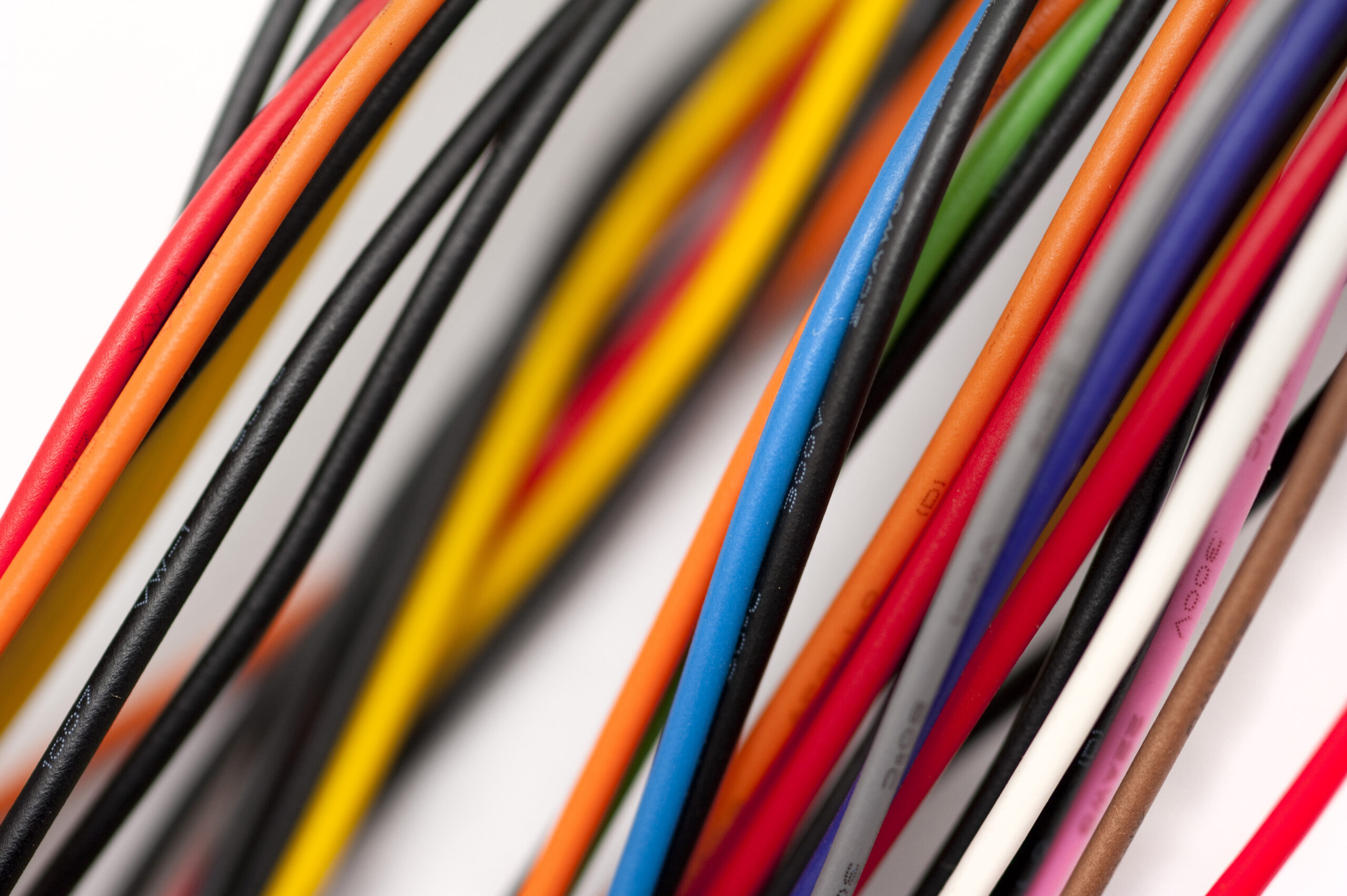In the rapidly evolving field of quantum computing, the construction and operation of quantum processors have drawn the attention of not merely physicists but also technologists, engineers, and enthusiasts alike. The challenge of effectively wiring a 1000-qubit trapped ion quantum computer stands at the forefront of engineering and quantum physics. This intricate task imparts substantial insights into the fundamental principles of quantum mechanics, electrical engineering, and materials science. In this discussion, we shall delve into the complexities of wiring such an advanced quantum system, shedding light on the processes, tools, and subsequent implications.
1. Understanding Quantum Circuits and Qubit Array Layout
The initial step in wiring a 1000-qubit trapped ion quantum computer involves a profound comprehension of the underlying quantum mechanics governing qubits. Unlike classical bits, a qubit holds quantum information in a superposition of states, permitting a simultaneous representation of both 0 and 1. Trapped ion quantum computers utilize the quantum states of ions—charged atoms—trapped and manipulated in electromagnetic fields to perform computations. The physical arrangement of these ions must be meticulously planned to facilitate effective interaction through laser systems.
The layout of the qubit array can be likened to an intricate lattice, where spatial considerations optimize qubit-to-qubit communication. Wire routing becomes essential, as each qubit must be individually addressable to control and manipulate quantum states. Addressing each ion without introducing crosstalk between adjacent ions requires an astute design strategy, harnessing software tools for simulation to inform physical wiring layouts.
2. Electromagnetic Trapping and Laser Manipulation
Central to the operation of a trapped ion quantum computer is the application of electromagnetic fields to confine ions within a specified region. The intricate design of the trap must allow the intricate wiring necessary to deliver control signals and laser beams with precision. The construction of the trap often involves multiple layers of electrodes, which are precisely engineered to generate the required potential wells for confinement.
Once the ions are trapped, they must be manipulated using lasers to perform quantum logic gates. The wiring architecture must accommodate high-fidelity laser systems capable of tailoring individual qubit states. Each laser must not only beam optical frequencies precisely tuned to the electronic transitions of the ions but also be directed without causing interference with neighboring qubits. This demands high-quality optical fibers and careful layout to circumvent any undesirable coupling effects.
3. Microwave Control and Communication
In addition to laser systems, microwave control plays a vital role in quantum logic operations. The qubits, being ions, exhibit interactions that can be mediated through microwave fields, allowing for coherent manipulation of quantum states. Implementing microwave wiring entails a network of superconducting circuits capable of producing and routing microwave signals. The precision of this wiring is paramount, as even minimal fluctuations can induce noise and significantly affect qubit coherence times.
Moreover, communication between qubits must be executed with meticulous timing and synchronization. Precision timing circuits, co-developed with both hardware and software components, ensure that signals reach their respective qubit without latency that could disrupt quantum coherence. Here, phase stability becomes critical, as even a significant phase shift can alter the outcomes of quantum operations.
4. Error Correction and Fault Tolerance
As qubit systems scale upwards, particularly achieving 1000 qubits, error correction becomes an indispensable aspect of the design. Quantum error correction codes provide methodologies for dealing with decoherence, operational errors, and noise that can arise during computation. Wiring complexity increases as ancillary qubits must be introduced to encode logical qubits through these codes.
The wiring must thus account for pathways enabling additional qubits to interact with primary data qubits. The physical realization of such wiring is challenging and necessitates advanced computational models to simulate the quantum dynamics, ensuring that the system’s architecture can accommodate error-correcting encodings effectively.
5. Integration with Classical Systems
While the crux of quantum computing resides in its quantum components, the integration of classical systems is equally significant. Classical control systems manage qubit initialization, measurement, and feedback loops necessary for real-time error correction. Wiring a 1000-qubit trapped ion quantum computer includes provisions for interfacing with classical computers through digital-to-analog converters, which communicate control signals and readout information.
The complexity arises in designing a hybrid system where classical and quantum parts coalesce seamlessly. This requires extensive research into high-speed data interfacing and signal processing algorithms that can effectively translate quantum information to classical formats, and vice versa.
6. Advancements in Materials and Connectivity
The development of new materials and innovative connectivity methods is crucial in wiring trapped ion systems. Advances in superconducting materials, photonic integration, and cryogenic technologies pave the path for improved interconnectivity and enhanced performance. Each wire must exhibit low resistance and minimal thermal noise while managing the intricacies of cryogenic environments fundamental to quantum operations.
Additionally, the exploration of novel materials such as graphene and topological insulators presents pathways to develop next-generation wiring schemes that could yield enhanced performance metrics, further elevating the capabilities of quantum systems.
Conclusion
The endeavor to wire a 1000-qubit trapped ion quantum computer transcends mere physical implementation. It embodies the intersection of quantum mechanics, electrical engineering, and materials science, reflecting an extraordinary technological pursuit indicative of our era. As advancements unfold, the potential ramifications on computational capabilities, cryptography, and problem-solving capabilities can hardly be overstated. The fascination surrounding this field lies not only in the challenges but in the expansive horizon it provides for scientific exploration and technological innovation.








